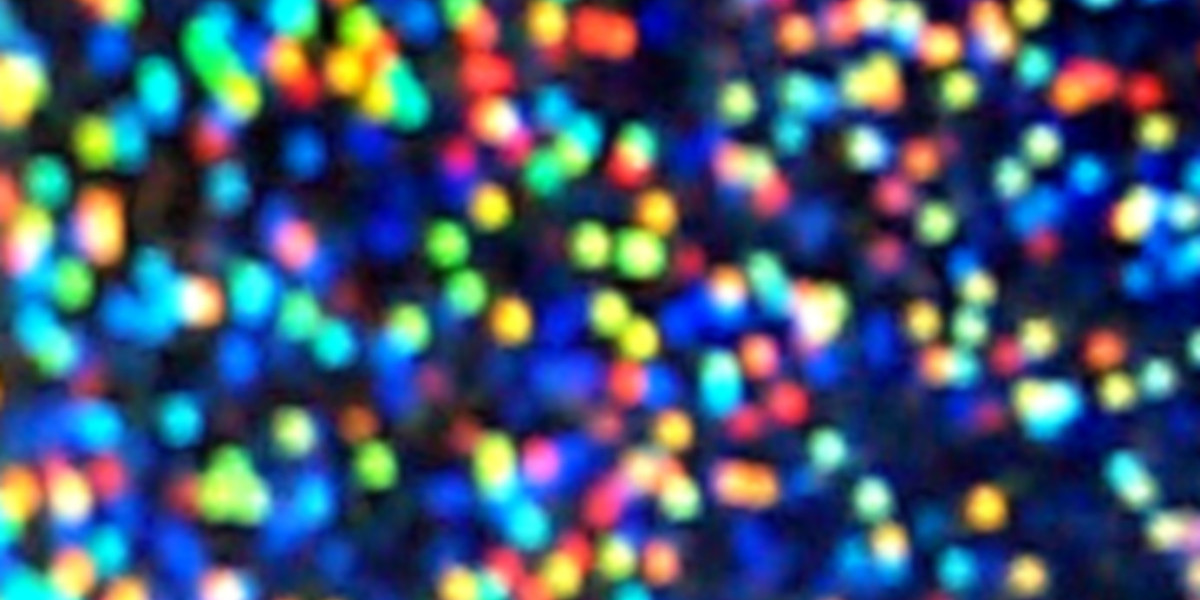The global market for advanced imaging technologies has cultivated a highly valuable and strategically critical niche for systems capable of perceiving light beyond the visible spectrum. A comprehensive and detailed analysis of the Swir Camera Market Valuation reveals a multi-billion-dollar industry whose financial worth is derived from its unique ability to "see the invisible." Short-Wave Infrared (SWIR) cameras, which operate in the 900 to 1700 nanometer wavelength range, can detect and visualize features and material properties that are completely hidden from the human eye and traditional silicon-based cameras. This unique capability is the bedrock of the market's high valuation. For instance, SWIR imaging can see through certain opaque materials like silicon wafers, detect moisture content in agricultural products, differentiate between visually similar plastics for recycling, and penetrate atmospheric obscurants like fog, haze, and smoke. This ability to provide actionable, non-visible information creates immense value across a diverse array of high-stakes industries, including industrial machine vision, defense and surveillance, scientific research, and agriculture, making it a mission-critical technology for quality control, safety, and intelligence gathering.
The market's substantial financial worth is further amplified by its role as an enabler of advanced industrial automation and quality assurance, a domain often referred to as Machine Vision 4.0. The valuation is a direct reflection of the significant return on investment (ROI) that SWIR cameras deliver on the factory floor. In semiconductor manufacturing, they are indispensable for inspecting the internal integrity of silicon ingots and wafers, detecting subsurface defects that would otherwise lead to costly chip failures. In the food processing industry, they are used to identify bruises on fruit, measure fat content in meat, and detect foreign contaminants, ensuring product quality and safety. In the recycling industry, SWIR's ability to differentiate between different types of polymers enables high-speed, automated sorting of plastics. In each of these applications, the technology's value is quantifiable in terms of reduced waste, improved product yield, enhanced quality, and greater production efficiency. The market valuation, therefore, is not just for the hardware itself, but for the millions of dollars in operational savings and quality improvements it generates for its industrial end-users.
Furthermore, the valuation of the SWIR camera market is strongly supported by its indispensable and growing role in the defense, security, and aerospace sectors. SWIR technology possesses several key advantages for surveillance and reconnaissance applications. Unlike thermal imaging, which detects emitted heat, SWIR imaging detects reflected light, resulting in images with higher resolution, greater detail, and more recognizable features, akin to a high-resolution black-and-white photograph. Its ability to see through atmospheric haze and at night (with active illumination from SWIR lasers or natural nightglow) makes it ideal for long-range surveillance, target identification, and enhanced vision systems for pilots and soldiers. Specialized applications, such as laser designation and spotting, rely exclusively on the SWIR band. The significant and sustained investment from government and defense agencies worldwide in these advanced imaging capabilities for intelligence, surveillance, and reconnaissance (ISR) applications represents a large, stable, and high-margin revenue stream that forms a critical pillar of the market's robust overall valuation.
Top Trending Regional Reports -












